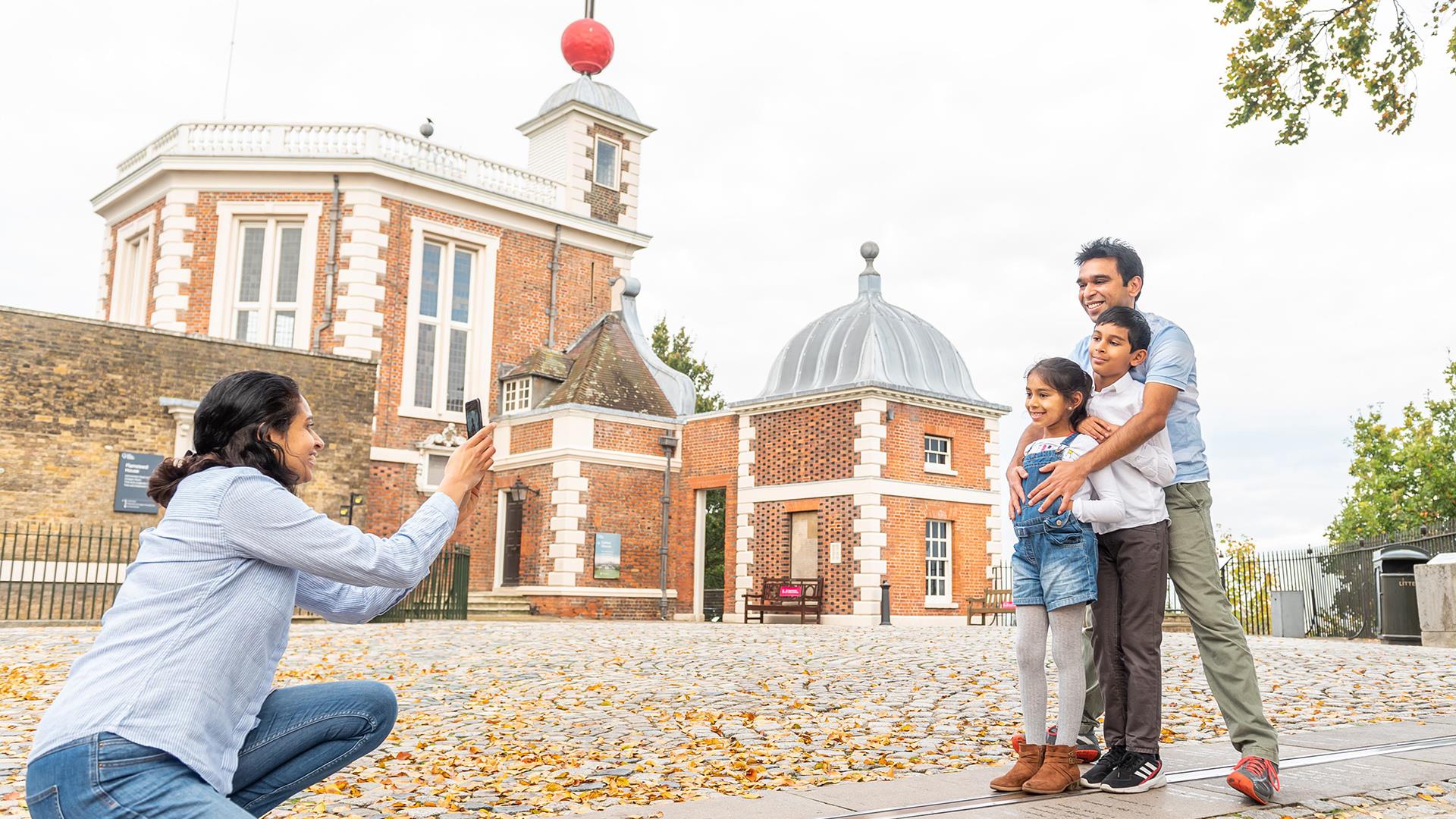
My Planner
To build your own Itinerary, click  to add an item to your Itinerary basket.
to add an item to your Itinerary basket.
Already saved an Itinerary?
- Accommodation
- Things to Do
- What's On
- Food & Drink
- Shopping
Number of results: 4
Address
King William Walk, Greenwich, London, SE10 9NNTelephone
+44 (0)20 8269 4799Greenwich
The Chapel of St Peter and St Paul is a beautiful and peaceful place to visit. Still an active place of worship, the Chapel also holds regular lunchtime recitals from the local Trinity Laban students.
Address
5 Mill Lane, Grand Depot Road, Woolwich, London, SE18 6BWTelephone
+44 (0)7463 996 285Woolwich
St George's Garrison Church in Woolwich is both an evocative ruin and a contemporary spiritual space of great peace and charm.
Address
Greenwich Church Street, Greenwich, London, SE10 9NATelephone
+44 (0)20 8853 0687Greenwich
St Alfege is the Anglican parish church in the centre of Greenwich. There has been a church here for over a thousand years, dedicated to the memory of Alfege, the Archbishop of Canterbury who was martyred on this site in year 1012.
Address
St Paul's Churchyard, London, EC4M 8ADTelephone
+44 (0)20 7630 2028Explore the absolutely stunning architecture inside the St Paul's Cathedral including the Dome, the artworks and the tombs.












